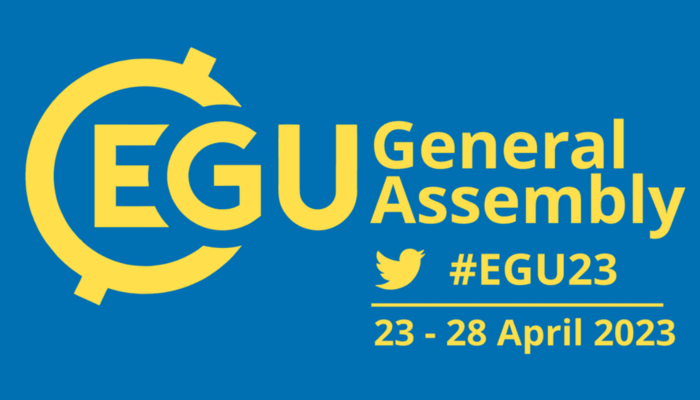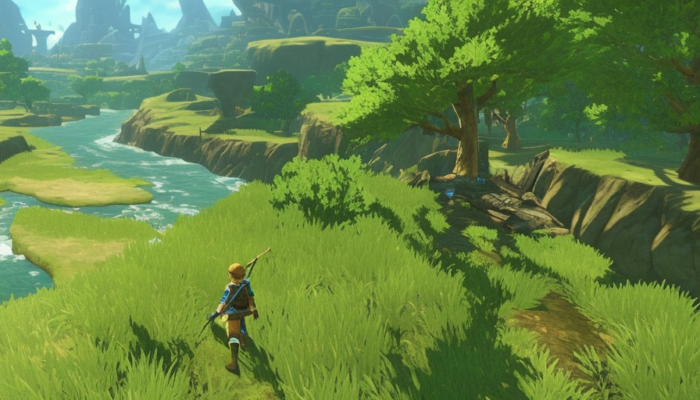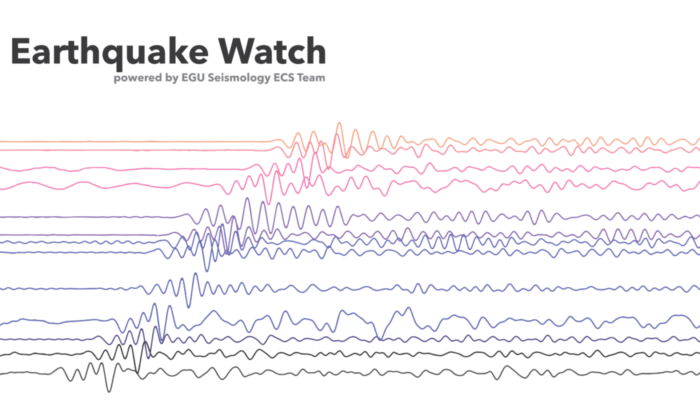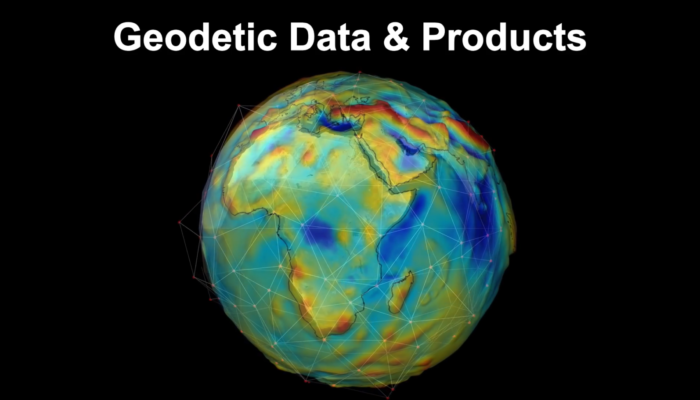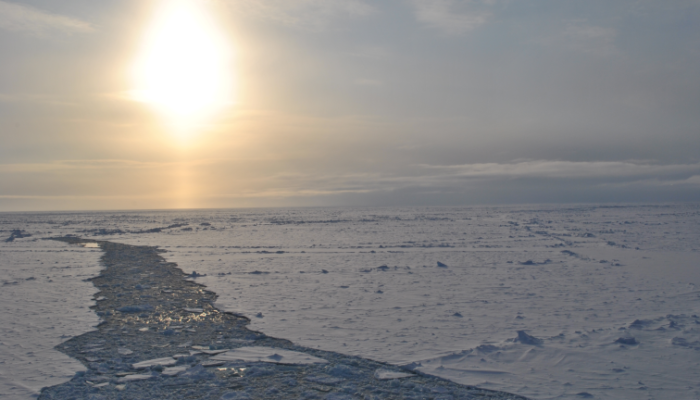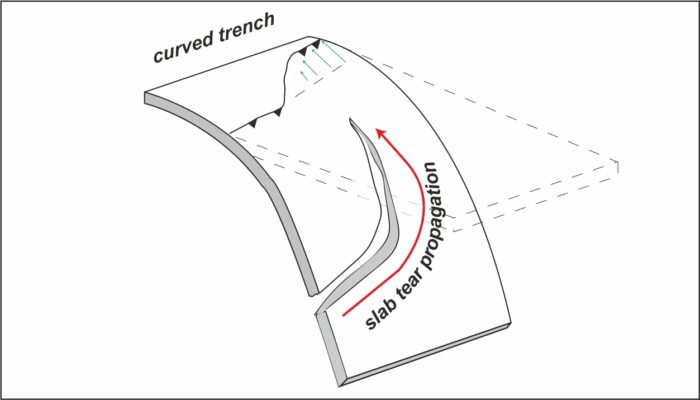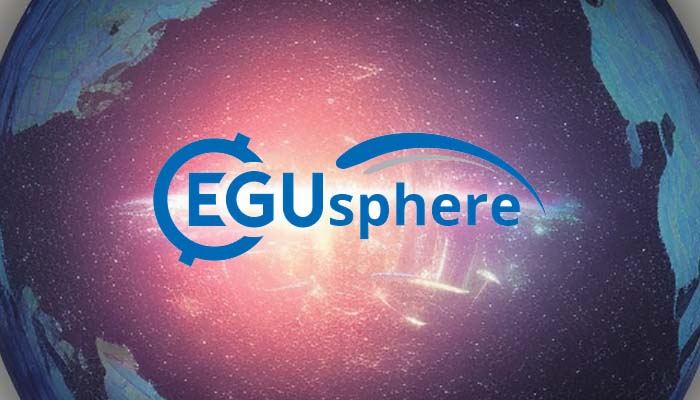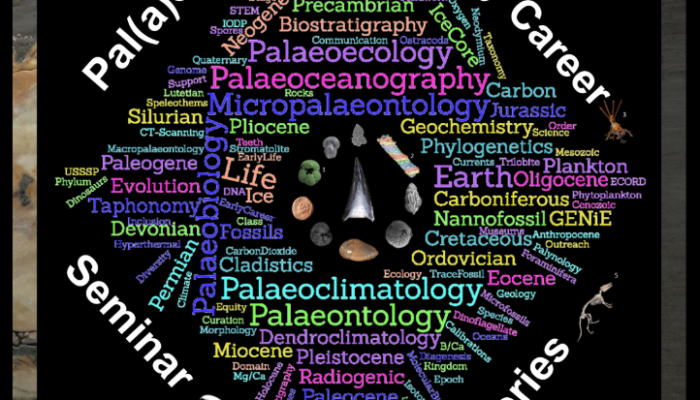With the EGU General Assembly (GA) less than a month away, it’s time for attendees to start planning their schedule to get the most out of the week. In today’s blog, Geodynamics (GD) Division Early Career Scientist (ECS) representative Megan Holdt highlights the networking events for the GD Division, provides an overview of key events at the GA and gives some tips for first-time attend ...[Read More]
Geochemistry, Mineralogy, Petrology & Volcanology
Paper focus: Plumbing the depths of magma crystallization by Hugo Moreira and co-authors
Do you know when you stumble upon a very interesting paper, with a captivating title and you wish you could talk to the author(s)? Well, I did just that. It happens that I know the first author quite well, so I had no shame in contacting him and ask about it. One of his latest papers was published in Geology with the title “Plumbing the depths of magma crystallization using 176Lu/177Hf in zi ...[Read More]
Hydrological Sciences
The Legend of Zelda: A Link to Learning Hydrology?
Can we learn about hydrology through video games? Plenty of educational video games exist specifically to teach scientific concepts, but lots of these games are not particularly fun. But can popular commercial-off-the-shelf (COTS) video games fulfill the same function of teaching players scientific concepts through tangential learning as a secondary benefit to enjoying the game? Existing peer revi ...[Read More]
Seismology
Earthquake Watch: The 6 February 2023 Kahramanmaraş Earthquakes – A catastrophic day for Turkey
Assoc. Prof. Dr Onur Tan from Istanbul University-Cerrahpasa outlines the 6 February 2023 Kahramanmaraş Earthquakes for the Earthquake Watch. February 6, 2023, was a catastrophic day for Turkey. The most destructive earthquake in the last century, Mw 7.8, hit the eastern part of the country at 04:17 local time. Unexpectedly, the second Mw 7.5 mainshock shook the region nine hours later. The mainsh ...[Read More]
Geodesy
Geodetic Data and Products – Idea of a Central Access Point
The services of the International Association of Geodesy (IAG) provide very important and valuable geodetic data, information, and data products that are increasingly relevant for Earth System research, including monitoring of global change phenomena and a wide range of diverse applications such as satellite navigation, surveying, mapping, engineering, geospatial information systems, and so ...[Read More]
Stratigraphy, Sedimentology and Palaeontology
Tropical conditions in southern Germany: Investigating the sedimentation of Middle Jurassic shallow marine environments in the South German Basin by cyclostratigraphy
Most people would not relate Central Europe to a tropical environment today. During the Middle Jurassic (174-163 Ma ago), however, such conditions prevailed in most parts of the nowadays landmass that was almost completely covered by a shallow epicontinental sea (estimated 0-100 m water depth) except for several emerged areas and islands. During this time, the continent of Pangaea broke apart, as ...[Read More]
Cryospheric Sciences
Highlighted Paper – The ice factories of the Arctic Ocean
Each year, the Arctic sea ice goes through a cycle of melting and freezing. From March to September, sea ice gradually melts and becomes thinner, and from October to March, the water freezes again. In our warming climate, we see that more and more ice melts each year. One would expect that the ice would also freeze less, but we have observed that the ice growth – or ice production – has increased ...[Read More]
Geodynamics
How does slab tearing evolve?
Slab tearing refers to the gradual propagation of the break-off of a subducting plate. As observed in numerous modern and ancient convergent tectonic settings, the growth of the tear “window” in the downgoing plate has strongly influenced various geologic and geodynamic processes, such as depocenter migration of foreland basins, uplift rates in mountain ranges, earthquakes, volcanism, and flow pat ...[Read More]
Hydrological Sciences
New spheres of scientific publishing
Many of you have noticed that EGUsphere went online, the new preprint repository hosted by EGU, as a service for the entire geosciences community. This repository can be used by any geoscientist to deposit their preprint even those that are not submitted to Copernicus journals. If you submit a preprint, your manuscript will receive a DOI number, the EGUsphere logo and – most importantly – a discu ...[Read More]
Biogeosciences
Guest post: Pal(a)eoPERCS
June 2020, amidst a global COVID-19 pandemic where social distancing and isolation brought the world to a standstill, a grassroots seminar series (Pal(a)eoPERCS) was started with the aim to bolster scholarly engagement and create a convivial space through weekly virtual seminars for Early Career Researchers and Professionals (ECRs). Three years later, with June 2023 quickly approaching, Pal(a)eoP ...[Read More]

